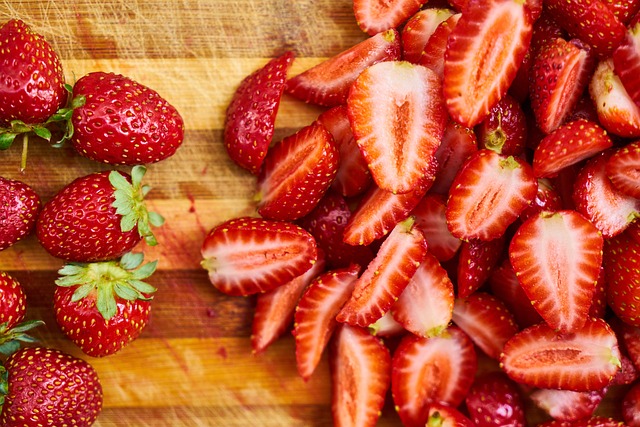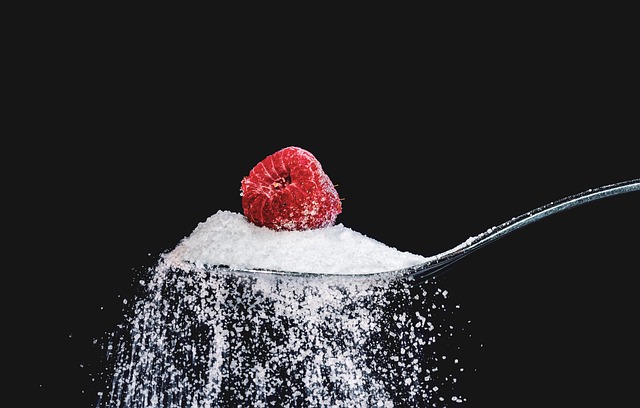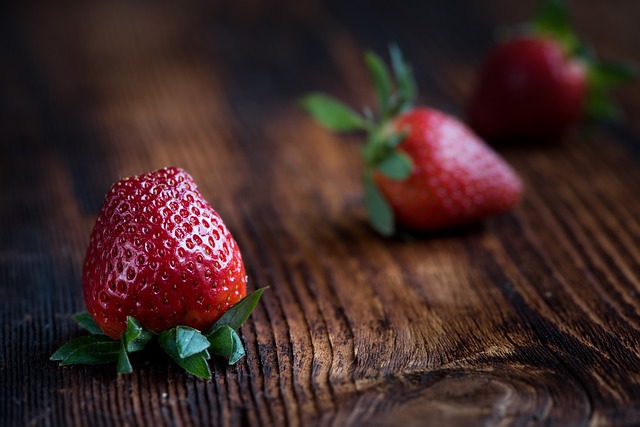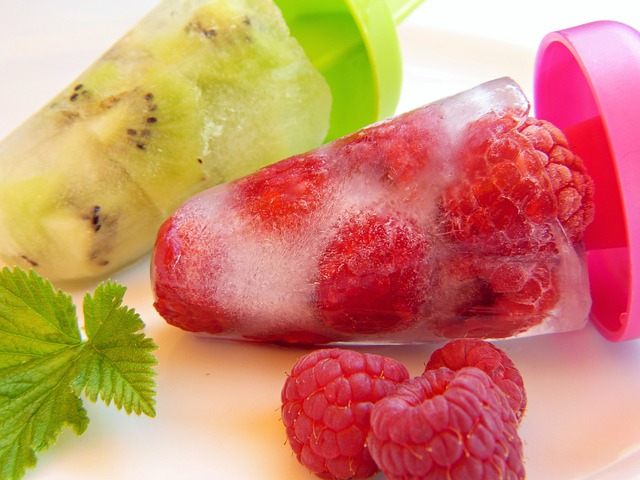+
+
Beyond Yogurt: Exploring Unexpected Sources of Probiotics
When we think of probiotics, our mind often jumps straight to yogurt. While yogurt is indeed a great source of these beneficial bacteria, there’s a wide world of probiotic-rich foods out there beyond the cultured dairy aisle. Including a variety of probiotics in our diet can enhance our gut health and overall well-being.
The Power of Probiotics
Probiotics are live bacteria and yeasts that provide numerous health benefits when consumed in adequate amounts. They support the balance of microorganisms in our intestines, which are crucial for digestion, immune function, and nutrient absorption. While probiotics are available in supplement form, it’s always preferable to obtain them naturally through food sources.
Exploring Unconventional Probiotic Sources
1. Kimchi:
Originating from Korea, kimchi is a traditional fermented side dish made from cabbage, radishes, and various spices. It’s packed with probiotic bacteria such as Lactobacillus, which helps improve digestion and strengthen the immune system. Its tangy, spicy flavor adds a delightful kick to any meal.
2. Kombucha:
A fermented tea beverage, kombucha is created by fermenting sweetened black or green tea with a symbiotic culture of bacteria and yeast (SCOBY). It contains probiotics, acetic acid, and antioxidants. Kombucha is known for its effervescence and is available in a wide range of flavors. It’s a refreshing alternative to sugary sodas.
3. Miso:
Miso is a traditional Japanese seasoning made from fermented soybeans, rice, or barley. It is rich in beneficial bacteria and adds a savory, umami flavor to soups, marinades, and dressings. Miso soup is a staple dish in Japanese cuisine and is an excellent way to incorporate probiotics into your diet.
4. Sauerkraut:
Sauerkraut is a fermented cabbage dish popular in German cuisine. It undergoes lactic acid fermentation, which means it’s rich in Lactobacillus bacteria. In addition to probiotics, sauerkraut is a great source of vitamins C and K. Enjoy it as a side dish or topping for salads and sandwiches.
5. Tempeh:
Tempeh is a traditional Indonesian soy product made from fermented soybeans. It has a nutty flavor and firm texture, making it an excellent meat substitute in vegetarian and vegan recipes. Besides being a valuable source of protein, tempeh contains probiotics that promote gut health.
Incorporating Probiotics into Your Diet
If you’re looking to incorporate more probiotics into your diet, here are a few tips:
- Start by adding one new probiotic-rich food at a time. This will give your body a chance to adjust.
- Experiment with different flavors and textures to find the probiotic sources you enjoy the most.
- Consider making your own fermented foods at home, like sauerkraut or kombucha, for a fun and rewarding culinary experience.
- Read labels when buying store-bought products. Look for “live and active cultures” to ensure they contain beneficial bacteria.
- Consume probiotic foods regularly, as their effects are cumulative and require consistent intake to reap maximum benefits.
Remember, while probiotics offer numerous health benefits, they are not a cure-all. A balanced diet, regular exercise, and overall healthy lifestyle choices







